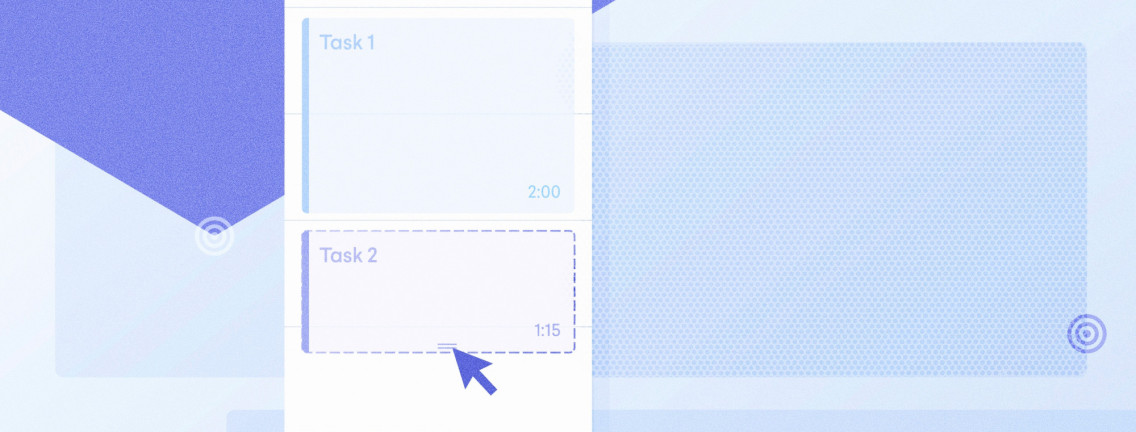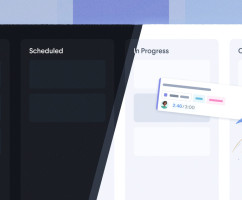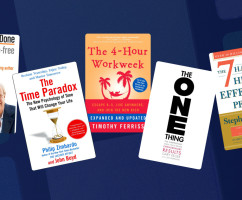I started my website design business in 2018 after years of “dabbling”. I’ve been a professional developer since the mid-00s, but up until this point, I had never intended to build a business for growth. My freelance work supported a great lifestyle, but the new business was designed to scale from day one.
In this article, I’m going to show you how I grew the business to six figures in less than two years. I’m going to share the highs and the lows and give you some tips gleaned from my own experience that will help you find success in your own endeavors.
Marketing: the Pipeline vs the Hustle
One of the biggest challenges faced by freelancers and small businesses in the creative industry is finding the right clients. For years I was engaged in “the hustle”; attending networking events, sending out cold emails, and piggy-backing off of larger projects. This is how you cut your teeth in the industry, but after a while, most people realize they want more stability. You can’t grow without first establishing a foundation.
I decided to build a pipeline that would deliver me qualified leads on autopilot. I felt a little dirty writing that sentence because we’ve all seen so many systems and “blueprints” that promise to deliver you riches without lifting a finger, but the awkward truth is that with the right approach, it can be done.
Picking a Niche Audience
For most of my career, I had introduced myself as a “web designer”. This was useful for summarising my skill-set, but it didn’t really tell people about me. And this is important because, in the service industry, people buy from people. If you can forge a relationship with somebody, a connection beyond the details of the project, they are far more likely to work with you than somebody who remains distant.
What makes one web developer different from the next? In the eyes of potential clients, usually, the answer is “not much”. But if you select a target audience, you can carve your own specific offering. I chose to serve small nonprofits.
The Sales Funnel
One of the main reasons I chose to niche down and support nonprofits is because identifying a core audience makes marketing easier. Have you ever tried to create a landing page selling web design services? Without speaking to a specific audience, you fall back on talking about your technology (e.g. PHP, WordPress) and then you drop in some phrases like “we build user-centric experiences”. The problem with this is that everybody else says similar things, making it really hard to stand out.
In my case, almost nobody was talking to nonprofits. Few others had taken the time to identify what problems and goals existed in the nonprofit sector and put the time into writing content that informs and inspires them.
So that’s what I did. I created a highly targeted landing page, enhanced its SEO value and it began sending me qualified leads automatically. The result? No more hustling. I should say at this point, however, that building this marketing engine took time. It was months before I began to see the results of my SEO work. During that “wilderness” it was tough to maintain focus and trust in the lead gen system, but as it turned out, I need not have worried.
The Next Challenge: Client Management
Within 6 months my marketing engine was delivering regular prospects right to my inbox. I used Trello to manage my sales pipeline, taking leads from “first contact” through to “launched work”. It was wonderful to see this process in action, but a new problem was beginning to emerge: dealing with the sheer volume of work.
The Timeboxing Revelation
I was using Google Calendar to plan meetings and calls, and Trello to manage tasks. But somehow, the two never worked well together. I was constantly cross-referencing one with the other to manage my workloads which felt extremely unproductive. What’s worse is that I didn’t even know how much time I spent on administrative work. I needed something better. After some research, I found out about this thing called timeboxing…
Timeboxing is a task management technique born out of the agile methodology. Essentially, it involves blocking out a chunk of time to work on a single task. You might not consider this a revolutionary idea, but when plotted on a weekly calendar, it can completely transform the way you work.
I was delighted to discover HourStack because this is exactly what the software does. Within a few days, I had gone from feeling burnt out and overwhelmed, to relieved that my weeks now finally started to make sense. Not only could I plan my days more effectively, I could pull reports to see exactly how much time each client project was taking. This dramatically improved my productivity, and it is not hyperbolic to suggest that this approach contributed to reaching six figures in the second year of business. If you’ve yet to give timeboxing a go, I strongly recommend trialing the idea for a couple of weeks.
We Each Have the Same Number of Hours in a Day
The sad truth is that most of us are woefully inefficient with our time. We don’t need to work as many hours as we think. Along with quadrupling my income, I also discovered that I worked fewer hours than I had previously thought. My working day is generally ~4 hours of productive time. I can see where the leaks are and, thanks to timeboxing, I can optimize those fruitless tasks by outsourcing or simply not doing them. It is a liberating way of working.
As freelancers and small businesses, we owe it to ourselves and our clients to deliver our best work. To find real purpose and to make an impact in the world. This starts by getting organized, by adopting a serving mindset, and by making the absolute best with what we have.
Matt Saunders is a business coach for freelancers. He supports small businesses to do more with less, to find purpose and gratitude in their work, and to improve the creative industry from the inside out. You can find out more on his coaching website, and if you’d like to learn more about productivity, you can download his book Productivity Hacks for Disorganised People.
Updated September 21, 2022 in Stories






